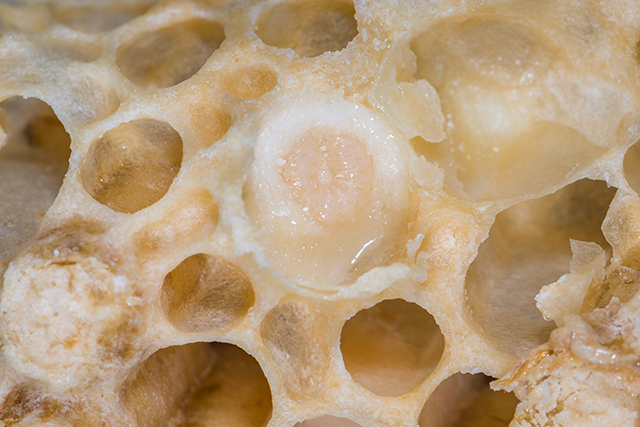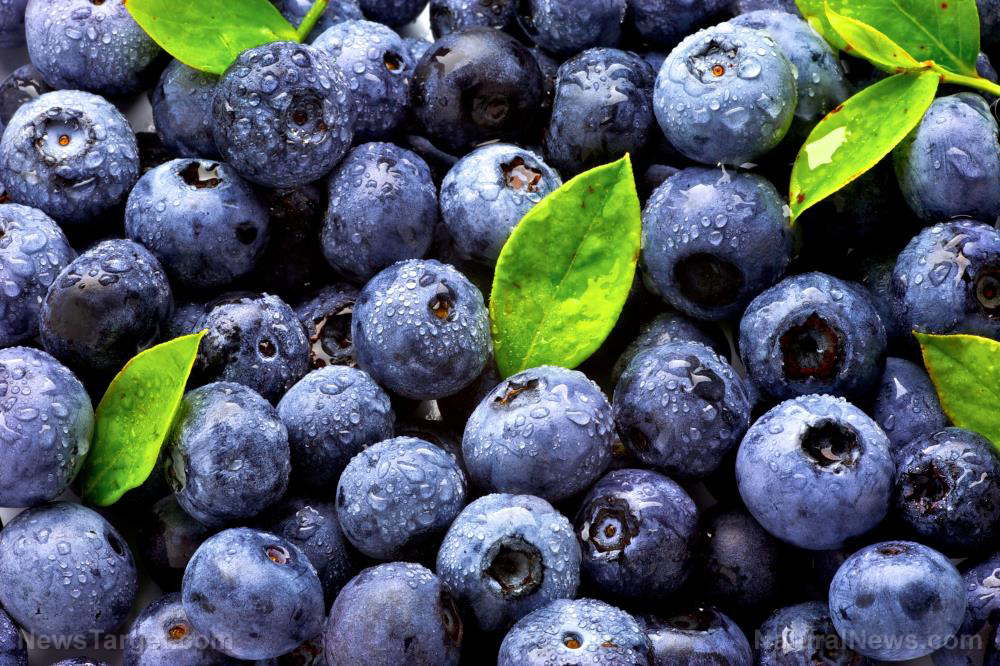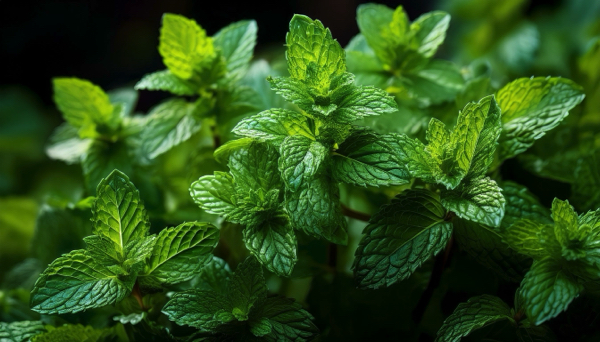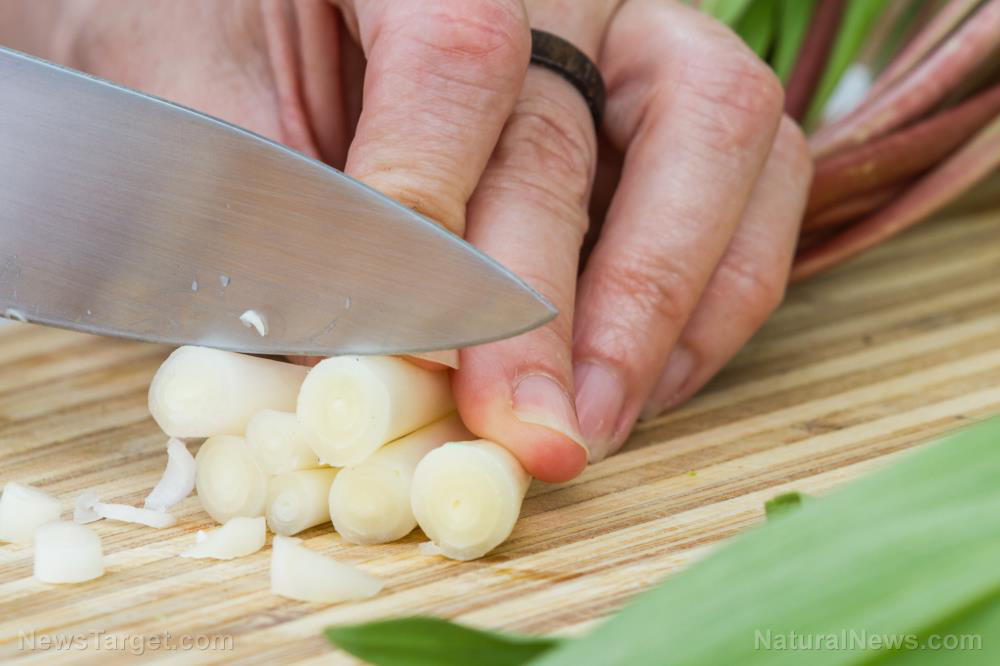Turmeric’s “weight loss secret”: It turns bad fat good
11/06/2023 / By News Editors
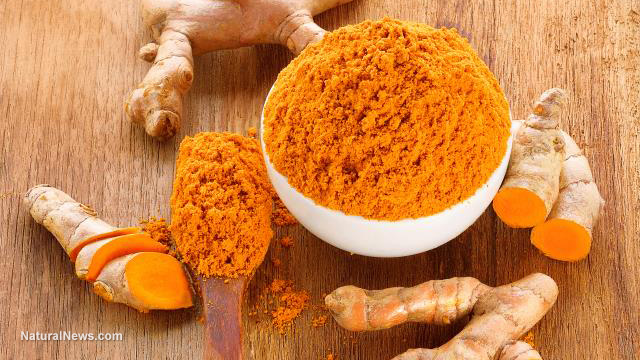
A groundbreaking study published in Journal of Nutritional Biochemistry reveals that curcumin, a golden-hued compound in turmeric, may provide a unique solution for overweight individuals by altering the composition of fat cells in their bodies in favor of the calorie-burning type.
(Article by Sayer Ji republished from GreenMedInfo.com)
Obesity and overweight are global epidemics today, and are largely due to the now virtually universal Western type diet of highly processed, genetically modified, chemical contaminated, and evolutionarily incompatible foods, and which can have severe if not sometimes lethal adverse health effects.
Diet, however, is not the only contributing factor. Like all conditions, the problem is multi-factorial, with exposure to a host of endocrine disrupters, chronic stress, a dramatically altered and/or depleted microbiome, and a lack of sufficient movement and exercise, all playing key roles. Every year, billions of dollars are spent on weight loss gadgets, bariatric surgeries, and both synthetic and natural pills, and yet the problem only appears to be growing worse.
What if we could strike closer to the root causes of serious weight problems using something as familiar, affordable, and safe as a common spice on our spice rack?
Indeed, turmeric contains a golden-hued compound called curcumin which appears to be capable of changing “bad” fat cells into “good” ones, among a whole host of additional beneficial properties.
Know the Difference Between Brown and White — “Good” and “Bad” — Fat
Fat used to be a really bad word. Today, however, a growing number of consumers and health enthusiasts are embracing the concept of incorporating more “good fats” into the diet, i.e. olive oil, avocado, coconut. That said, many still don’t know that our bodies also contain both “good” (brown) and “bad” fat (white), and depending on our activity levels, environmental conditions, and what we do or do not eat, we’ll have a particular ratio that will significantly affect our level of health as well as risk for an entire gamut of diseases.

Brown fat is colored darkly because of the high density of iron-containing mitochondria it contains. Brown fat cells, unlike white fat cells, are capable of diverting significant quantities of dietary caloric energy into thermal energy or heat. This makes the metabolic role of brown fat cells completely opposite to that of white fat cells whose primary function is to store energy for future use as adipose tissue. To underscore how radically different brown fat cells are from white, they derive from an entirely different stem cell lineage; the same one that skeletal muscle cells differentiate from.
Since the vast majority of fat found within overweight and obese adults is of the white fat variety (we have the most when we are infants at about 5% by weight), and since abdominal obesity (belly fat) has been found to be a greater risk factor for heart attack than smoking, it behooves us to look at belly fat as a concern relevant to far more than vanity, and to find ways to reduce midsection fat naturally, or at least increase the ratio of brown to white fat in the body.

The discovery of radically differing types of fat in the adult body, and a deficiency or much smaller ratio of brown to white fat in those with weight problems, has lead some researchers to hypothesize that increasing the brown fat cell phenotype could provide a novel intervention for obesity. Indeed, preliminary research on using cold temperatures to increase the brown fat in the mammalian body appear to have significant anti-obesity effects, but there is concern that these temperature changes may have unintended adverse effects for cardiovascular health.[1] Also, exposure to the cold is just plain uncomfortable, making it a less than ideal solution for many. A turmeric-based intervention could provide a much more convenient alternative.

Turmeric Extract (Curcumin) May Be An Ideal Weight Loss Supplement
In the study titled, “Curcumin induces brown fat-like phenotype in 3T3-L1 and primary white adipocytes,” Korean researchers established for the first time that curcumin is capable of inducing browning of white fat cells (adipocytes) through at least four different mechanisms:
1. By enhancing the expression of brown fat specific genes. This is a form of nutrigenomic “epigenetic modification,” which means that a nutrient is capable of altering a cell’s patterns of gene expression “from the outside in,” as it were, resulting in significant changes in the structure and function of the cells involved.
2. By stimulating the production of new mitochondria, as evidenced by increased activity of the electron transport chain and increased fatty acid oxidation. Mitochondrial biogenesis can be stimulated with other natural substances and therapeutic modalities and is an intervention that may be of special benefit in age-associated loss of muscle and brain function, enhancing athletic performance, and in improving mitochondrial disorders. [see our database keyword: “Mitochondrial Biogenesis“]
3. By increasing protein levels of hormone-sensitive lipase and p-acyl-CoA carboxylase, two markers that play a role in increasing fat-degrading processes (lipolysis) and the suppression of new fat production (lipogenesis).
4. By increasing the activity AMP-activated protein kinase (AMPK). AMPK activity is something of a cellular metabolic master switch that improves metabolic homeostasis, which is often out of balance in overweight and obese individuals.
In addition to these four mechanisms of action contributing to curcumin’s brown fat supporting properties, the researchers also noted that because curcumin is a well-established anti-inflammatory agent (view 88 studies on the topic here), and because obesity and its various co-morbid states such as diabetes and cardiovascular disease are conditions that involve upregulated and unremitting inflammatory and/or or dysregulated inflammatory response, curcumin’s anti-obesity effects may be in part due to its inflammation-reducing properties.
One additional relevant mechanism of action not discussed in this study, but recently identified in a study published earlier this year in the journal Molecular Medicine Reports, is curcumin’s ability to induce programmed cell death (apoptosis) in white fat cells. This may contribute permanently to reducing the overall ability of the body to store unhealthy fat.
The study authors concluded,
“Our findings suggest that curcumin plays a dual modulatory role in inhibition of adipogenesis as well as induction of the brown fat-like phenotype and thus may have potential therapeutic implications for treatment of obesity.”
Curcumin’s Benefits Extend To A Wide Range of Health Issues
Given the research discussed above, curcumin should be considered a pleiotrophic anti-obesity agent, as it is capable of “targeting” and ameliorating a variety of metabolic imbalances in the body simultaneously. In fact, curcumin is so diverse in its therapeutic actions as to boggle the imagination. Our database project alone has characterized over 790 distinct health conditions that curcumin has been studied to prevent, treat, and in some cases reverse – something that puts every pharmaceutical drug on the planet to shame, especially considering that curcumin is immensely safer and has been time-tested for thousands of years in a wide range of different cultures. Add in the fact that curcumin has been studied in human trials to be at least as effective as Prozac for depression, a cardiovascular tonic as significant as exercise, and capable of preventing the progression of prediabetes to diabetes in an astounding 100% of those tested, it would seem unethical not to use it when the choices are either inaction or a pharmaceutical drug. For more information you can view 17 studies we have gathered on turmeric and/or curcumin’s anti-obesity properties here.
For additional research on the health benefits of turmeric, as well as on natural interventions for overweight and obesity, use our two resources dedicated to these topics:
Read more at: GreenMedInfo.com
Submit a correction >>
Tagged Under:
adipocytes, adipose tissue, alternative medicine, bad fat, brown fat, curcumin, fight obesity, good fat, nutrition, obesity, slender, Super foods, turmeric, weight loss, weight management, white fat
This article may contain statements that reflect the opinion of the author
RECENT NEWS & ARTICLES
consumerwellness.info is a fact-based public education website published by consumerwellness.info
All content copyright © 2023 by consumerwellness.info
Contact Us with Tips or Corrections
All trademarks, registered trademarks and servicemarks mentioned on this site are the property of their respective owners.




